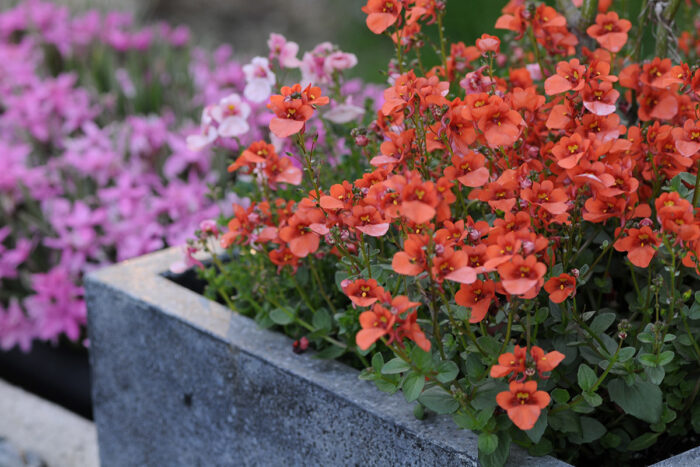
After a long, snowy winter, one of the first signs of spring for gardeners in the Northeast is early spring seasonal containers. Since spring containers are typically only displayed for a short period of time before being swapped out for summer displays, the primary concern is to choose plants that are cold tolerant, as they may be subjected to chilly nights, even a late snowfall. It’s easy to stick with plants you are already familiar with, but if you want to raise the bar beyond pansies and pussy willow (Salix discolor, Zones 4–8) branches, here are some ideas to broaden your container-design palette.
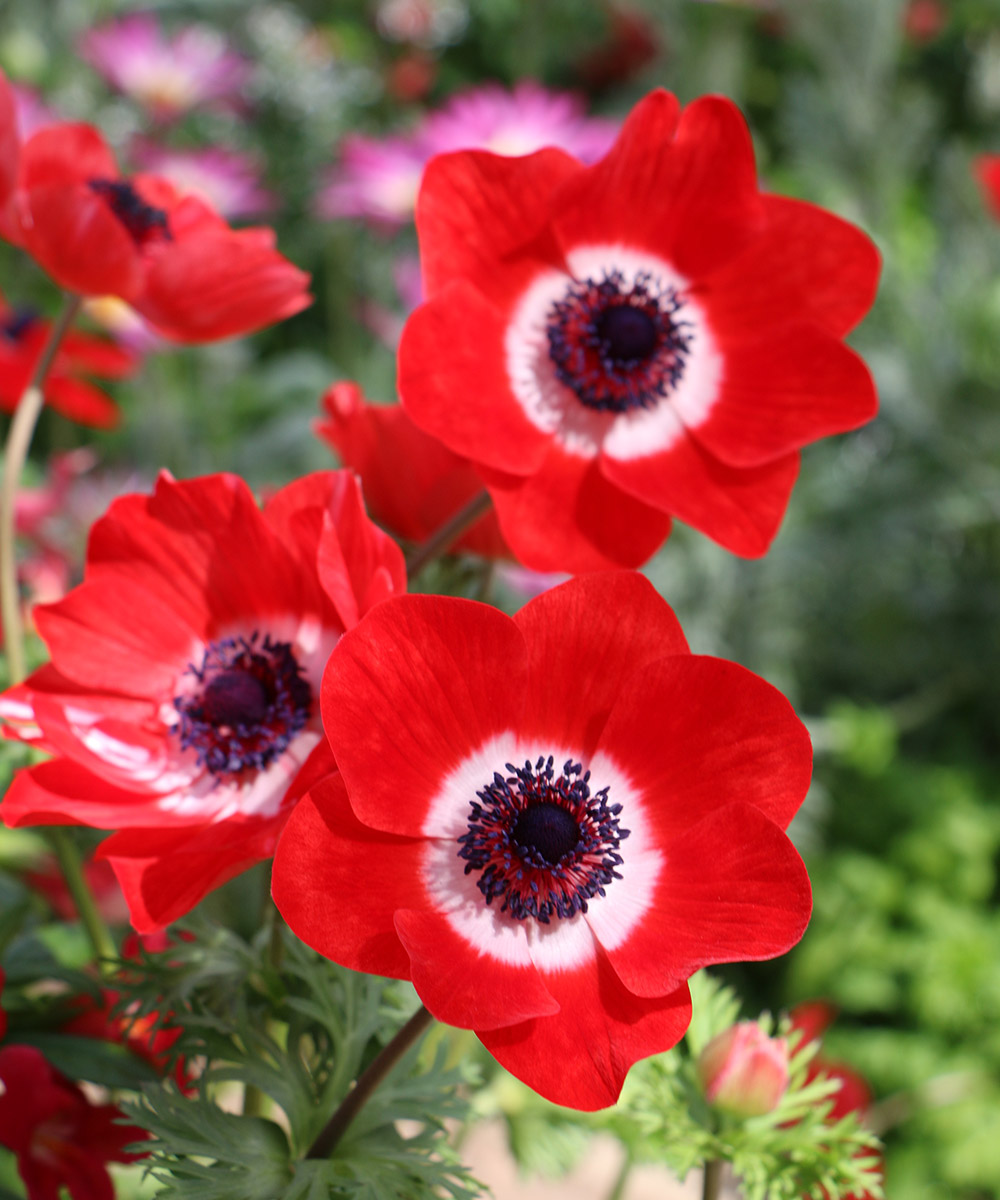
Spring-flowering bulbs
For many, hardy spring-flowering bulbs are a quick go-to for early spring containers. However, containers are the ideal place to try more tender bulbs that don’t survive our long winters. I like to plant pots of early-emerging windflowers (Anemone coronaria, Zones 7–10) and Persian buttercups (Ranunculus asiaticus, Zones 8–10) in my spring containers. They are plants that we usually only dream of growing, as typically they must be planted in autumn in places where winters are mild.
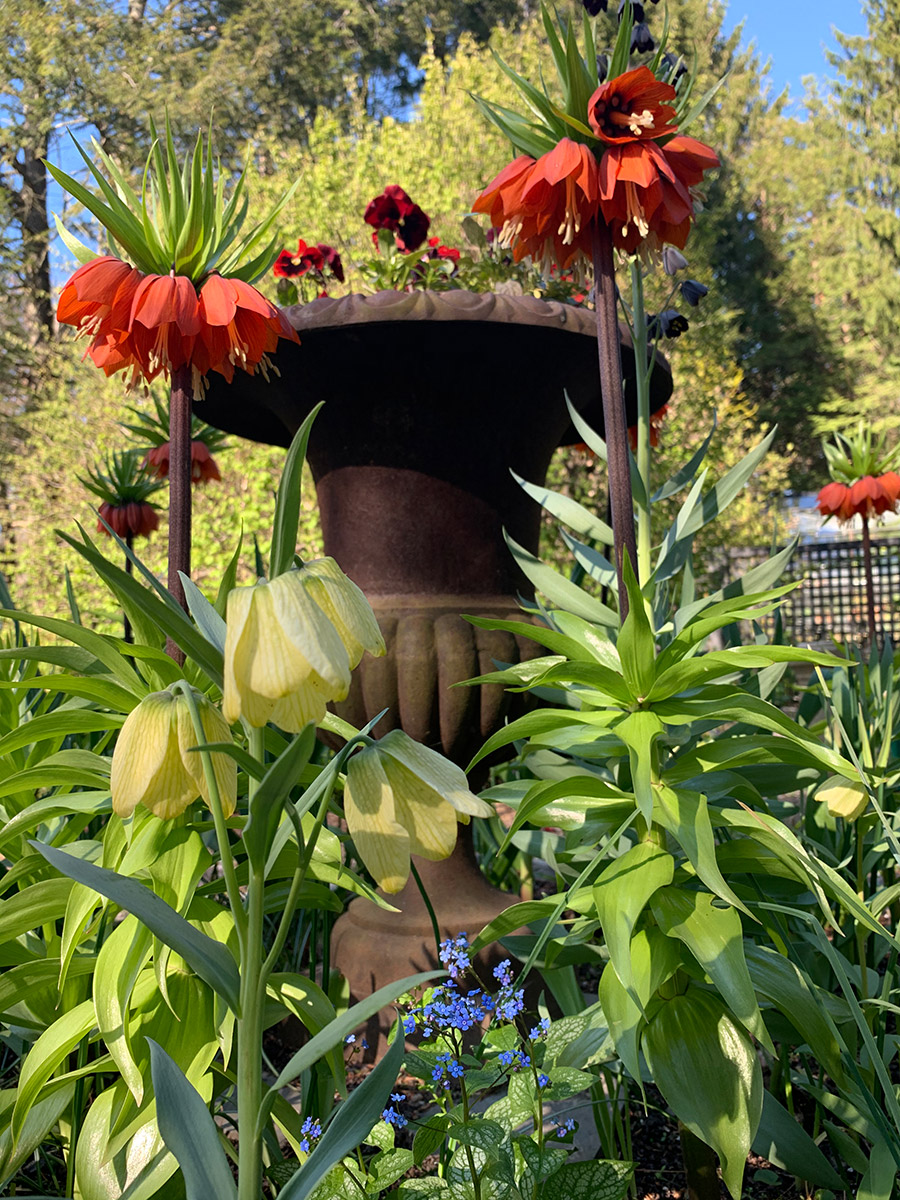
If you are a traditionalist, go with any hardy bulb that has been coaxed into bud in a pot. Know that daffodils, grape hyacinths (Muscari spp. and cvs., Zones 4–8), and nearly any spring-flowering bulb will last longer if you buy pots with bulbs just emerging rather than ones showing color. While you’re at the garden center, look for fritillaries (Fritillaria spp. and cvs., Zones 5–8) or any of the small, early-blooming bulbs such as snowdrops (Galanthus spp. and cvs., Zones 4–8) that will make your containers look more interesting than your neighbors’.
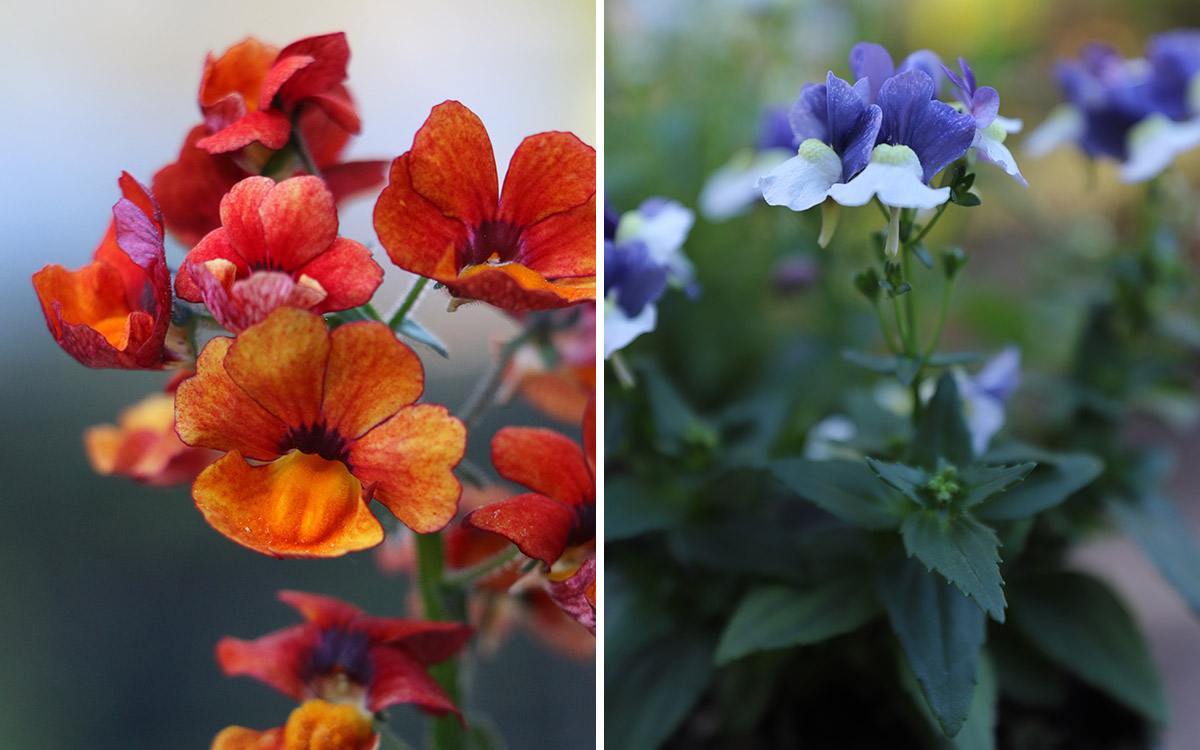
Annuals
Cold-tolerant annuals are a must-have in spring containers, and while you can’t go wrong with the classics such as pansies, violets (Viola spp. and cvs., Zones 3-9), and the tender biennial English daisies (Bellis perennis, Zones 4–8), seek out less common fare such as nemesia (Nemesia spp. and cvs., annual), twinspur (Diascia spp. and cvs., Zones 5–11), Icelandic poppies (Papaver nudicaule var. croceum, Zones 2–7), and monkey flower (Mimulus spp. and cvs., Zones 3–10). There are many new introductions hitting the shelves at garden centers, and all of these make fantastic early spring design material.
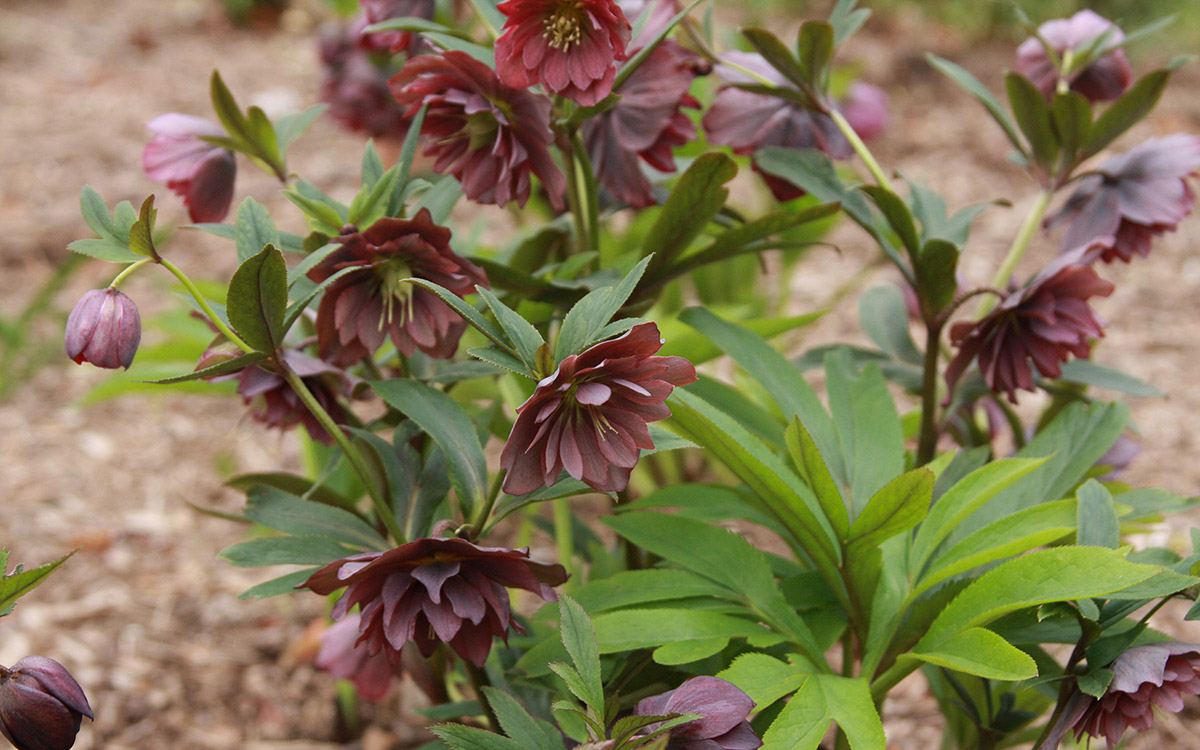
Perennials and small shrubs
One of the best tips we can steal from the pros is to combine plants fearlessly. Since spring displays are often replaced by the time the hot summer weather arrives, many perennials and even small shrubs or potted grasses can be added to containers and then planted back in the garden when it’s time for summer containers to take over. In the past, I’ve even dug up a few spring interest perennials from my garden to add to my containers for a more natural look in the displays. Shop for a nice hellebore (Helleborus spp. and cvs., Zones 4–9) in bloom or even a small shrub such as an azalea (Rhododendron spp. and cvs., Zones 4–9) or a heather (Calluna spp. and cvs., Zones 4–7) to create a design that feels more like a mini-garden than merely a container planting.
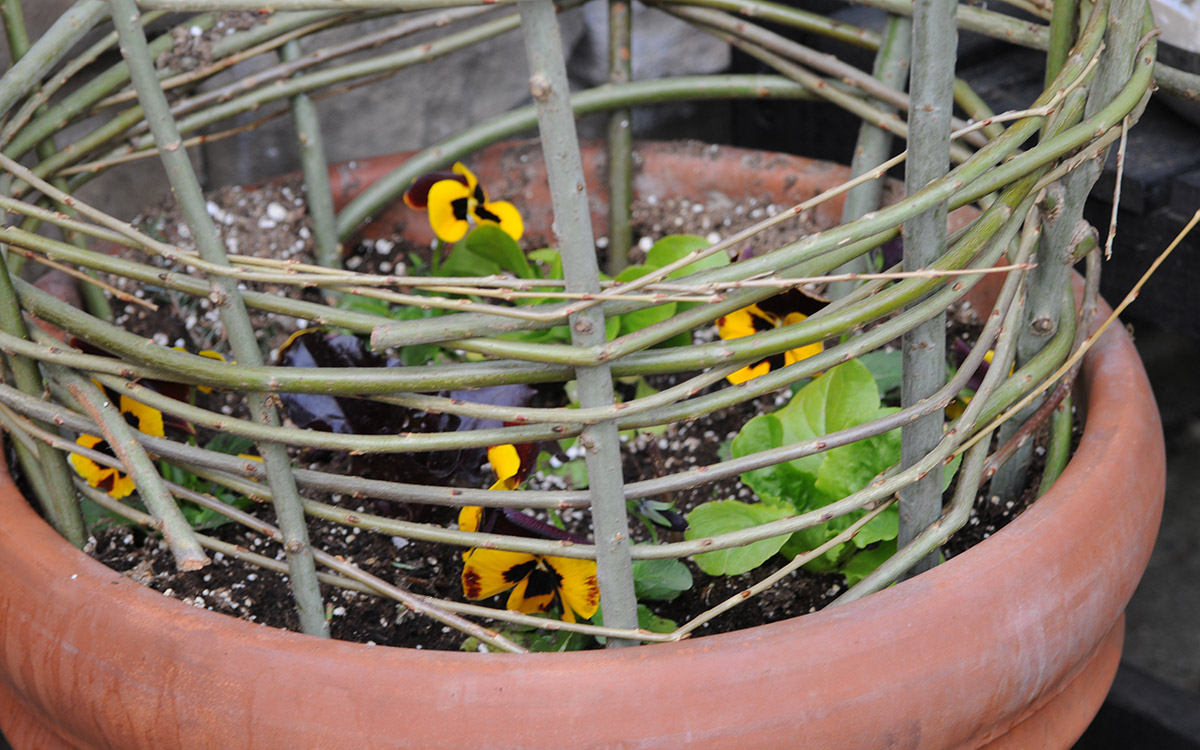
Moss and branches
The cool spring weather allows us to add more decorative treatments that might suffer in a summer design. Green sheet moss, dried moss from a craft store, or even Spanish moss (Tillandsia usneoides, Zones 8–11) will not only hide the surface of the soil but will transform a container into a magical bit of the forest in bloom. Branches, either woven into forms like a nest or a cone or used in their natural state, will complete the display with added height.
Keep in mind that all hardy perennial plants can be transplanted into the garden once your spring container displays have faded, so you will be able to enjoy them for years to come.
—Matt Mattus is the author of two books: Mastering the Art of Flower Gardening and Mastering the Art of Vegetable Gardening. He gardens in Worcester, Massachusetts.


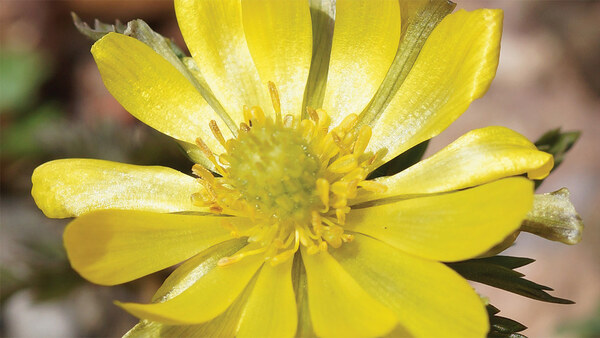















Comments
Log in or create an account to post a comment.
Sign up Log in